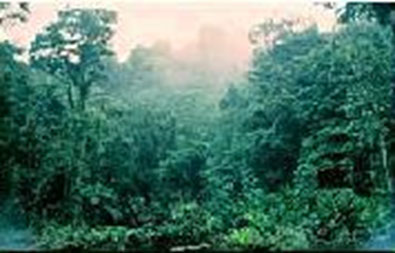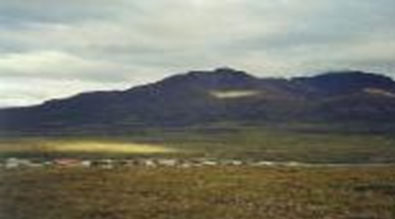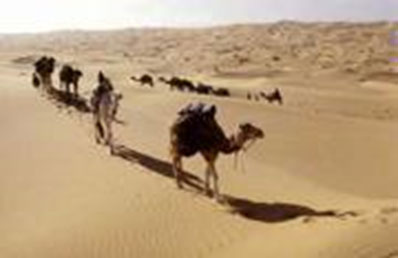![]() In this section you will examine the impact of climate on various biomes. Watch the following video for more information.
In this section you will examine the impact of climate on various biomes. Watch the following video for more information.
Source: World Biomes: An Introduction to Climate, robnelsonfilms, YouTube
Climate is the overall picture of the weather in a place over a long period of time.
![]() Click on each of the factors of climate to learn more.
Click on each of the factors of climate to learn more.
Climate is further impacted by other factors. Some of these factors include the following:
Below are examples of how climate varies from place to place. In your notes, write your own description of the climate of each pictured area. Write your description using the key factors of climate (precipitation, humidity, elevation, and temperature) and other climatic factors, whenever possible.
 Interactive popup. Assistance may be required.
This is an example of a rainforest with a tropical climate.
Interactive popup. Assistance may be required.
This is an example of a rainforest with a tropical climate. 
 Interactive popup. Assistance may be required.
This is an image from an arctic coastal area with a tundra climate.
Interactive popup. Assistance may be required.
This is an image from an arctic coastal area with a tundra climate.
 Interactive popup. Assistance may be required.
The image is of a desert, which has a hot and dry climate.
Interactive popup. Assistance may be required.
The image is of a desert, which has a hot and dry climate.
Sources of images used for this section as they appear, top to bottom: